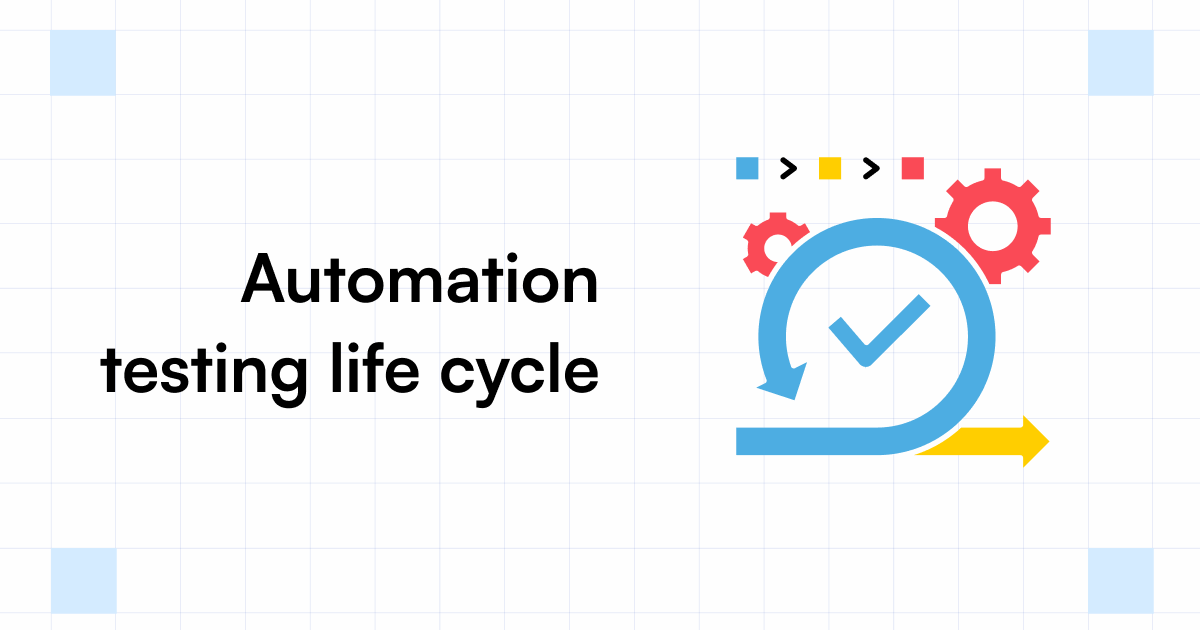From Guidebook to Automated Screening: A Comprehensive Overview to Transitioning Efficiently and Properly
In the world of software program screening, the change from guidebook to automated procedures has become a progressively important transition for organizations looking for to boost performance and precision in their testing practices. As technology proceeds to breakthrough, the demand for effective and seamless computerized screening techniques has never ever been much more pressing. The journey from handbook to automated testing is not without its challenges, however when come close to tactically and with a clear plan in mind, the advantages can be substantial - automation testing. In this thorough overview, we will discover crucial steps and considerations essential for an effective shift, from the initial option of tools to the assimilation of automation right into existing process. Stay tuned to reveal the insights that will certainly assist pave the means for a smoother and much more effective screening process.
Advantages of Automated Checking
Automated testing supplies many advantages, improving efficiency and precision in software growth processes. One key advantage is the significant decrease in screening time. Automated tests can be run simultaneously on numerous gadgets and running systems, considerably quickening the testing stage compared to hands-on screening. This enhanced performance allows for faster comments on the top quality of the software, allowing developers to identify and attend to issues immediately.
Furthermore, automated testing ensures a higher degree of precision in detecting defects. Uniformity in screening is likewise improved, as automated tests execute the same steps exactly each time they are run.
Choosing the Right Tools

To start with, analyze your needs and purposes. Comprehend the scope of your project, the technologies entailed, and the ability set of your team. This analysis will certainly assist you figure out the functions and abilities you call for in your screening tools.
Secondly, think about the compatibility of the tools with your existing procedures and systems. Seamless integration with your current software program growth lifecycle is vital to make sure a smooth transition to automation.
Additionally, review the scalability and versatility of the tools. As your screening needs evolve, the devices must be able to adjust and fit changes properly.
Finally, consider the support and area around the devices. When executing automated screening, robust assistance and an active customer community can give useful resources and help. By thoroughly considering these aspects, you can select the right tools that straighten with your demands and established the stage for a successful change to automated testing.
Creating Effective Test Scripts

When crafting test manuscripts, it is vital additional resources to consider the details demands of the software being checked and guarantee that the manuscripts deal with all critical capabilities. Detailed and clear naming conventions for test manuscripts and test situations can enhance readability and maintainability. Furthermore, including error handling devices within the test manuscripts can help in determining and addressing problems without delay.
Furthermore, arranging examination scripts into modular components can enhance reusability and scalability, lowering redundancy and enhancing effectiveness in examination manuscript upkeep. Regular evaluations and updates to check manuscripts are essential to equal progressing software program requirements and functionalities. By complying with these concepts, testers can develop efficient and durable test scripts that contribute considerably to the success of automated screening procedures.
Integrating Automation Into Workflows
By perfectly incorporating automated testing devices like Selenium or Appium into the software program advancement lifecycle, groups can accomplish faster responses on code click here now modifications, leading to quicker pest detection and resolution. This assimilation enables for continual testing throughout the growth process, ensuring that any type of concerns are identified early on, resulting in greater software application quality. Correct integration of automation devices requires cooperation in between advancement, screening, and operations groups to develop a unified workflow that optimizes effectiveness and performance in delivering top quality software program items.
Ensuring a Smooth Shift
Efficiently transitioning to automated screening involves precise preparation and mindful execution to reduce interruptions and take full advantage of effectiveness in the software application growth process - automation testing. To guarantee a smooth shift, it is crucial to start by conducting a complete analysis of the current testing processes and identifying areas where automation can bring the most significant benefits. Engaging with all stakeholders early on while doing so, including designers, testers, and job managers, is critical for amassing assistance and buy-in for the automation initiative
Communication is essential during this transition phase. Clear communication of the goals, advantages, and assumptions of automated screening assists to handle any type of resistance or worries that might emerge. In addition, providing appropriate training and sources for staff member to upskill in automation tools and methods is vital for guaranteeing a successful change.

Final Thought
In verdict, transitioning from manual to automated screening provides many advantages, including enhanced performance and integrity. By selecting the suitable tools, composing reliable examination scripts, and incorporating automation flawlessly right into operations, organizations can ensure a successful and smooth shift. It is necessary to accept automation as a useful possession in software application screening processes to improve overall top quality and performance.
In the world of software application testing, the change from guidebook to automated procedures has actually ended up being a progressively important transition for organizations looking for to boost performance and precision in their testing practices. Automated tests can be run simultaneously on multiple tools and running systems, substantially speeding up the screening phase compared to manual testing. Uniformity in screening is likewise enhanced, as automated tests perform the very same actions exactly each time they are run.To guarantee the successful implementation of chosen testing devices, the production of reliable test manuscripts plays an essential function in validating the functionality and efficiency of automated processes - automation testing. By adhering to these principles, testers can create durable and efficient test manuscripts that add considerably to the success of automated screening procedures